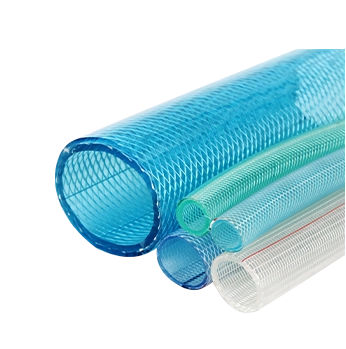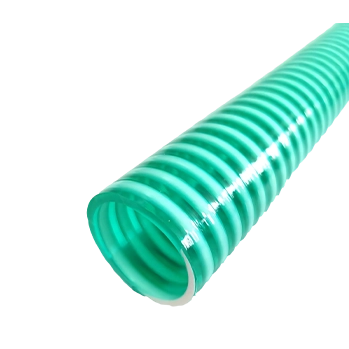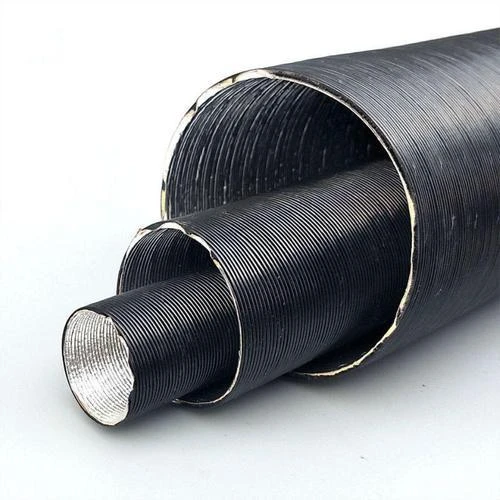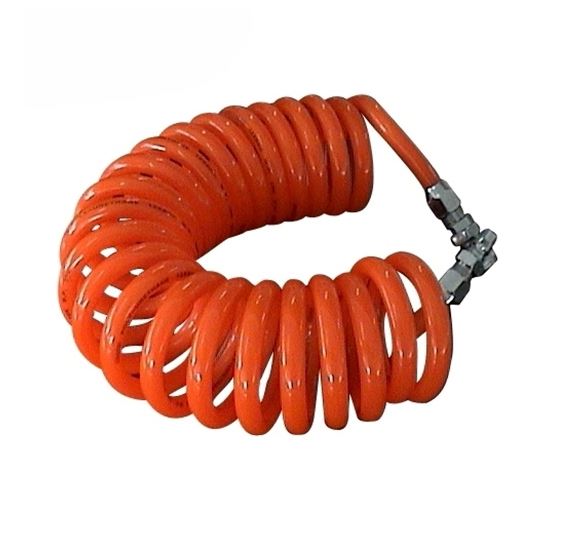Jul . 05, 2024 03:00
Back to list
Comparison between rubber and PVC air hose for various applications in industry.
Air hose is an essential component in many industries, used for transferring compressed air for various applications. When it comes to choosing the right air hose material, two popular options are rubber and PVC. Both materials have their own strengths and weaknesses, and it's important to understand the differences between the two in order to make an informed decision.
Rubber air hoses are known for their durability and resistance to abrasion, weathering, and chemicals. They are also able to withstand high temperatures and are less likely to kink or crack under pressure. Rubber hoses are ideal for heavy-duty applications where flexibility and strength are required.
On the other hand, PVC air hoses are lightweight, more affordable, and easy to handle. They are also resistant to UV rays and can maintain their flexibility even in cold temperatures. PVC hoses are suitable for light to medium-duty applications where portability and ease of use are important.
One of the main factors to consider when choosing between rubber and PVC air hoses is the intended application. If you are working in a rugged environment with heavy machinery and equipment, a rubber hose would be the better choice due to its superior strength and durability. However, if you are using the air hose for light-duty tasks or in a more controlled environment, a PVC hose may be more practical and cost-effective However, if you are using the air hose for light-duty tasks or in a more controlled environment, a PVC hose may be more practical and cost-effective However, if you are using the air hose for light-duty tasks or in a more controlled environment, a PVC hose may be more practical and cost-effective However, if you are using the air hose for light-duty tasks or in a more controlled environment, a PVC hose may be more practical and cost-effective
However, if you are using the air hose for light-duty tasks or in a more controlled environment, a PVC hose may be more practical and cost-effective However, if you are using the air hose for light-duty tasks or in a more controlled environment, a PVC hose may be more practical and cost-effective air hose rubber vs pvc.
Another important consideration is the working pressure of the air hose. Rubber hoses generally have a higher working pressure rating compared to PVC hoses, making them more suitable for applications that require high pressure levels. PVC hoses, on the other hand, are better suited for low to medium-pressure applications.
In terms of maintenance, both rubber and PVC air hoses require regular inspection and cleaning to ensure optimal performance and longevity. Rubber hoses may require more maintenance due to their heavier weight and thicker construction, whereas PVC hoses are easier to handle and store.
Overall, when choosing between rubber and PVC air hoses, it is important to consider factors such as durability, flexibility, working pressure, and maintenance requirements. Assessing the specific needs of your application will help you determine which type of air hose is best suited for your requirements.
In conclusion, both rubber and PVC air hoses have their own advantages and disadvantages. The key is to choose the one that best meets your needs and provides the durability, flexibility, and performance required for your specific application. Whether you opt for the strength of rubber or the affordability of PVC, selecting the right air hose material is essential for achieving optimal results in your projects.
air hose rubber vs pvc.
Another important consideration is the working pressure of the air hose. Rubber hoses generally have a higher working pressure rating compared to PVC hoses, making them more suitable for applications that require high pressure levels. PVC hoses, on the other hand, are better suited for low to medium-pressure applications.
In terms of maintenance, both rubber and PVC air hoses require regular inspection and cleaning to ensure optimal performance and longevity. Rubber hoses may require more maintenance due to their heavier weight and thicker construction, whereas PVC hoses are easier to handle and store.
Overall, when choosing between rubber and PVC air hoses, it is important to consider factors such as durability, flexibility, working pressure, and maintenance requirements. Assessing the specific needs of your application will help you determine which type of air hose is best suited for your requirements.
In conclusion, both rubber and PVC air hoses have their own advantages and disadvantages. The key is to choose the one that best meets your needs and provides the durability, flexibility, and performance required for your specific application. Whether you opt for the strength of rubber or the affordability of PVC, selecting the right air hose material is essential for achieving optimal results in your projects.
 However, if you are using the air hose for light-duty tasks or in a more controlled environment, a PVC hose may be more practical and cost-effective However, if you are using the air hose for light-duty tasks or in a more controlled environment, a PVC hose may be more practical and cost-effective
However, if you are using the air hose for light-duty tasks or in a more controlled environment, a PVC hose may be more practical and cost-effective However, if you are using the air hose for light-duty tasks or in a more controlled environment, a PVC hose may be more practical and cost-effective air hose rubber vs pvc.
Another important consideration is the working pressure of the air hose. Rubber hoses generally have a higher working pressure rating compared to PVC hoses, making them more suitable for applications that require high pressure levels. PVC hoses, on the other hand, are better suited for low to medium-pressure applications.
In terms of maintenance, both rubber and PVC air hoses require regular inspection and cleaning to ensure optimal performance and longevity. Rubber hoses may require more maintenance due to their heavier weight and thicker construction, whereas PVC hoses are easier to handle and store.
Overall, when choosing between rubber and PVC air hoses, it is important to consider factors such as durability, flexibility, working pressure, and maintenance requirements. Assessing the specific needs of your application will help you determine which type of air hose is best suited for your requirements.
In conclusion, both rubber and PVC air hoses have their own advantages and disadvantages. The key is to choose the one that best meets your needs and provides the durability, flexibility, and performance required for your specific application. Whether you opt for the strength of rubber or the affordability of PVC, selecting the right air hose material is essential for achieving optimal results in your projects.
air hose rubber vs pvc.
Another important consideration is the working pressure of the air hose. Rubber hoses generally have a higher working pressure rating compared to PVC hoses, making them more suitable for applications that require high pressure levels. PVC hoses, on the other hand, are better suited for low to medium-pressure applications.
In terms of maintenance, both rubber and PVC air hoses require regular inspection and cleaning to ensure optimal performance and longevity. Rubber hoses may require more maintenance due to their heavier weight and thicker construction, whereas PVC hoses are easier to handle and store.
Overall, when choosing between rubber and PVC air hoses, it is important to consider factors such as durability, flexibility, working pressure, and maintenance requirements. Assessing the specific needs of your application will help you determine which type of air hose is best suited for your requirements.
In conclusion, both rubber and PVC air hoses have their own advantages and disadvantages. The key is to choose the one that best meets your needs and provides the durability, flexibility, and performance required for your specific application. Whether you opt for the strength of rubber or the affordability of PVC, selecting the right air hose material is essential for achieving optimal results in your projects. Latest news
-
Welded Wire Mesh Panel: Durable, Versatile, and AffordableNewsJul.28,2025
-
Top Quality Oxy Acetylene Hoses for Sale Fit for Welding DemandsNewsJul.28,2025
-
The Future of Pneumatic Air Tubes in IndustryNewsJul.28,2025
-
Superior and Reliable LPG Hose Pipe Solutions for Every NeedNewsJul.28,2025
-
Exceptionally Durable and Versatile Premium Braided PVC TubingNewsJul.28,2025
-
Best Adapters for Connecting Garden Hose to PVC Pipe ConnectionsNewsJul.28,2025
HOT PRODUCT
Provide You The Highest Quality Work
INQUIRE














